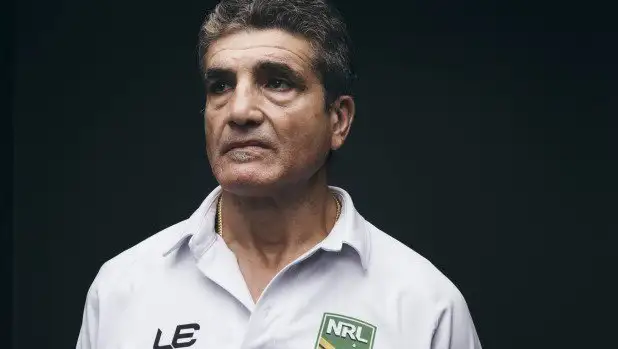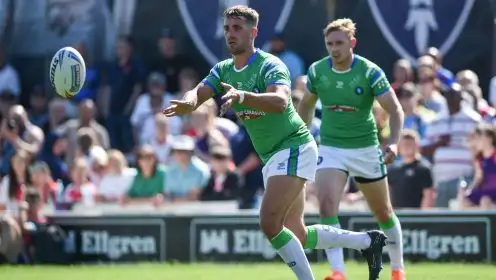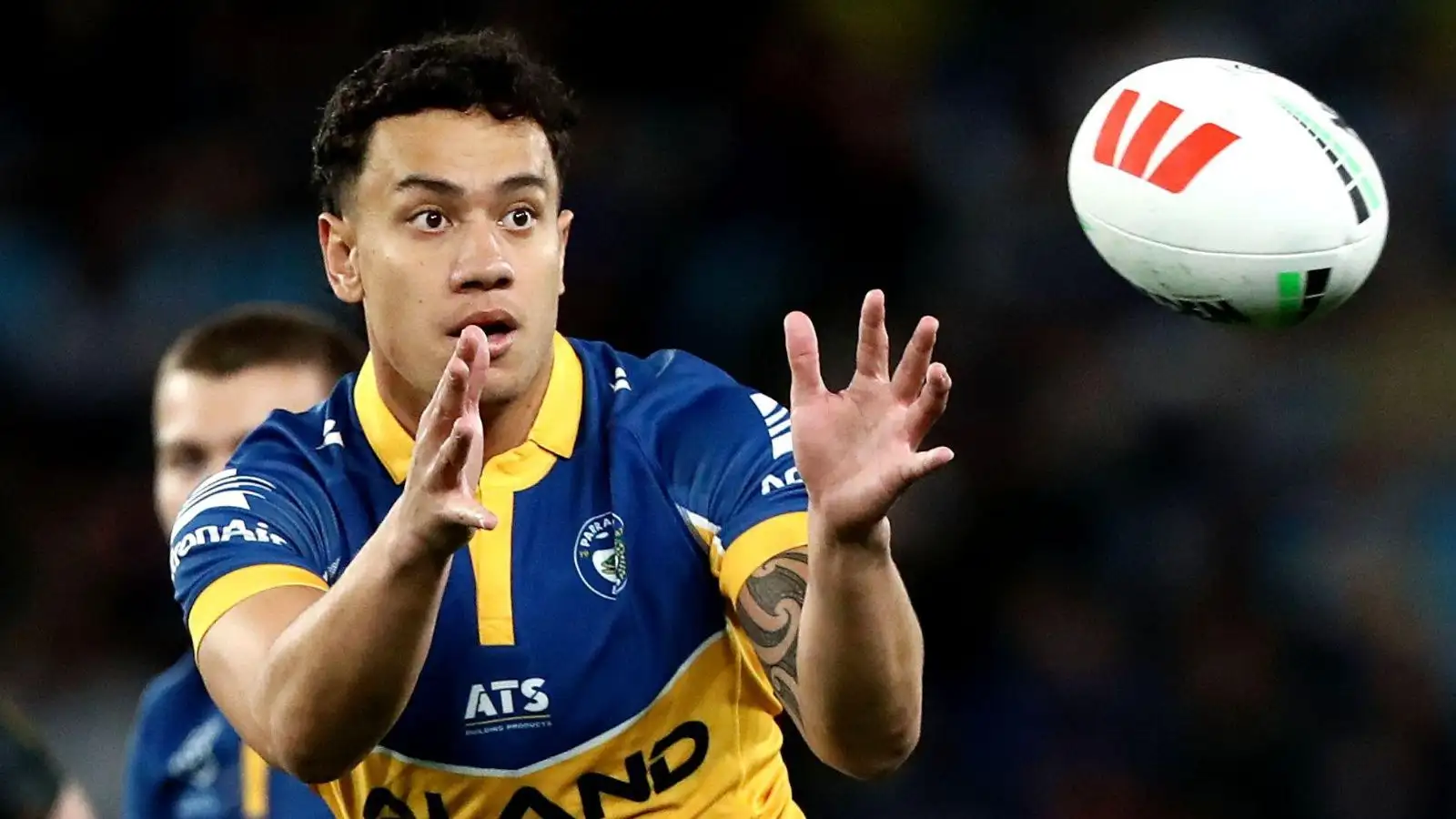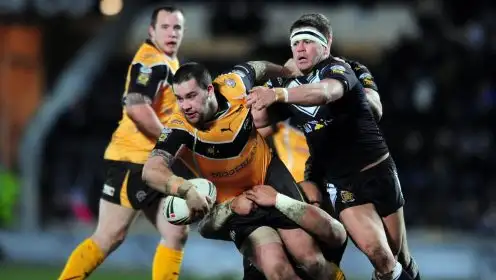Concussion: Discipline and education the answer to a blight on the game

The current battle of legal wills between St Helens and Lance Hohaia over the former utility pivot’s concussion injuries have lifted the lid on an issue which continues to bubble away in rugby league.
The situation highlights just how dangerous playing rugby league can be to a player’s long-term health, something perhaps those of us who don’t play at that level don’t always appreciate.
A review of available literature and research on the subject is conducted in ‘A systematic review of concussion in rugby league’ by Andrew Gardner, Grant L Iverson, Christopher R Levi, Peter W Schofield, Frances Kay-Lambkin, Ryan M N Kohler, Peter Stanwell.
This study, published in April 2014, brings up some noteworthy points about how the issue of concussion remains a dangerous one to the rugby league community.
It would seem that there is a still a deep ignorance about concussion and its effects, and also just how dangerous it can be.
The study states:
“With respect to the level of knowledge among players and officials regarding concussion and the opinion of players regarding the importance of management, researchers reported that 54% knew of a concussion policy in rugby league but only 8% could identify the three-week mandatory stand-down requirement, and 78% reported a seven-day stand-down as the requirement for recovery from concussion. Loss of consciousness was reported to be required in the definition of concussion by 39% of respondents.
“Overall concussion knowledge was low at 42% (±20%). Trainers/medics recorded the highest overall concussion knowledge.
“Misconceptions regarding this injury appear to be common. King et al reported that fewer than 34% of injured athletes sought medical clearance for return to sports participation for match play, and fewer than 25% for return to training.
“It was also reported that up to 75% of players felt that time off for rehabilitation was too long, especially for concussion with the three-week mandatory stand-down period.
“Interestingly, a survey of club coaches found that 55% of respondents who had a player with a concussion (n=52) had not sought medical clearance for a concussed player before returning them to match or training activities.”
The study also identifies two areas where injury occurs more frequently: tackling and foul play.
“Tackling has been identified as the most common cause of concussion in rugby league, with the tackled player reportedly more vulnerable to injury than those players making the tackle.
“King et al reported that the tackle-related concussion occurred most frequently to the ball carrier when tackled at the shoulder or midtorso height, in their blind vision, when involving two or more tacklers, and in the final quarter of matches.
“Of all injuries associated with illegal play, 29% were concussions, whereas only 9% of injuries sustained in legal play were concussions.”
What seems clear from those statistics is that it is overtly illegal play which causes most of the really damaging injuries.
Obviously, fighting is one of those illegal activities which can, as in the case of Flower and Hohaia, can cause some of the more serious injuries.
However much we as spectators enjoy a bit of biff on the field, we have to remember that strong men hitting each other around the head can lead to some real problems. People die in city centres as a result of being punched with frightening frequency. Rugby league is not boxing.
Wearing protective headgear does not, apparently, reduce the risk of concussion to any great degree, so behaviours are what need to be looked at.
Whether we like it or not, we do have to clamp down hard on outright fighting where punches connect with the head. The administration of red cards and bans is the only real way to do this, and it looks like the game is finally getting to grips with the issue.
At its heart, our great game is not about violence, much as its more violent elements help to create the excitement we all enjoy.
But there is enough legal violence in the game without having to fight and throw punches.
The cases of Mario Fenech and Shontayne Hape show just how awful the consequences of repeated concussion can be.
Fenech, a barnstorming forward of the 1980s and 90s in Australia, has to take medication used to treat Alzheimer’s Disease in order to keep his memory and mind functioning relatively normally.
Hape has been left with an inability to concentrate for any length of time, memory issues and the prospect of dementia in his 40s.
As he has said, the pressures of performing as a professional have taken precedence over player’s health.
“There was constant pressure from the coaches,” he told The New Zealand Herald in 2014.
“Most coaches don’t care about what happens later on in your life. It is about the here and now. Everyone wants success. They just think ‘if we pay you this you are going to do this’.
“I could have prevented a lot of the pain I caused myself by telling the doctors much earlier how I really felt.
“But I wasn’t thinking straight. You are under constant pressure from all angles – coaches, team mates, fans – and you don’t want to let them down.
“I also wanted to play on to achieve my bonuses, especially when you know your career is coming to an end.”
So the welfare of the player must be the priority, not the club’s results. This is something of a culture change for the sport, and is slowly taking place.
Testing properly and sticking to the correct protocols is also essential, however much some may complain of ‘health and safety’ gone mad.
Many of us have heard stories of players finding ways to fake test results or twist them to suit their or their club’s agenda in recent years, and clearly that cannot be condoned.
Also, sad as it may seem to many of us who used to enjoy the huge collisions it brought to the game, the shoulder charge has to be properly consigned to history, and never brought back, despite the often loud calls to do so.
It might also be an idea to look to counter the influence of MMA fighting and wrestling on the game – we are a ball game where the aim is score points, not knock people out and cripple them.
Violent acts and high tackles need to be punished harshly – not as a way to spoil everyone’s fun, but to help prevent players suffering life affecting injuries which can change their chances of making a decent living after playing.
Rightly, we view courage and resilience as two of the defining characteristics of rugby league players. It is unfair to test those traits beyond the call of duty, which is why all of us should be watching the St Helens v Hoihaia case with intense interest.
Any precedent which is set could lead to a rash of more such cases, and rugby league must be shown to be getting its house in order now, before any lasting damage is done to the sport’s reputation in future.
For those of you enjoy reading about different sports, this cricket site has some excellent resources.



